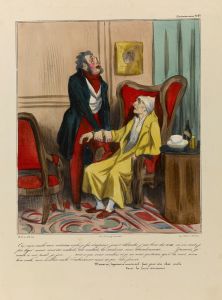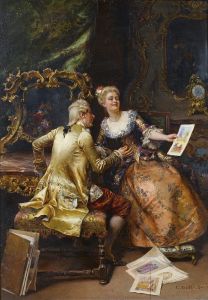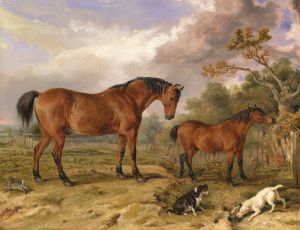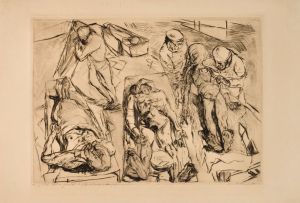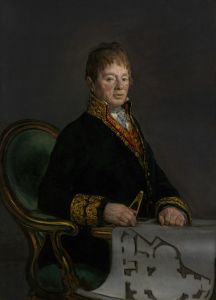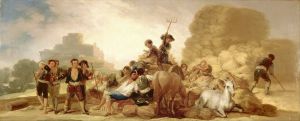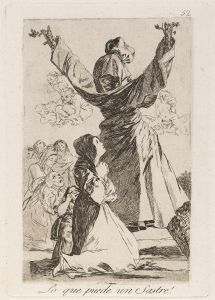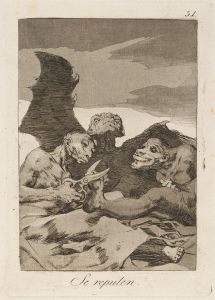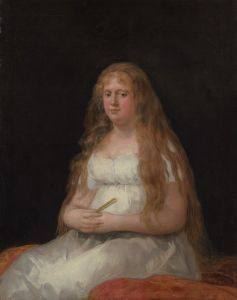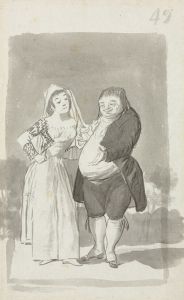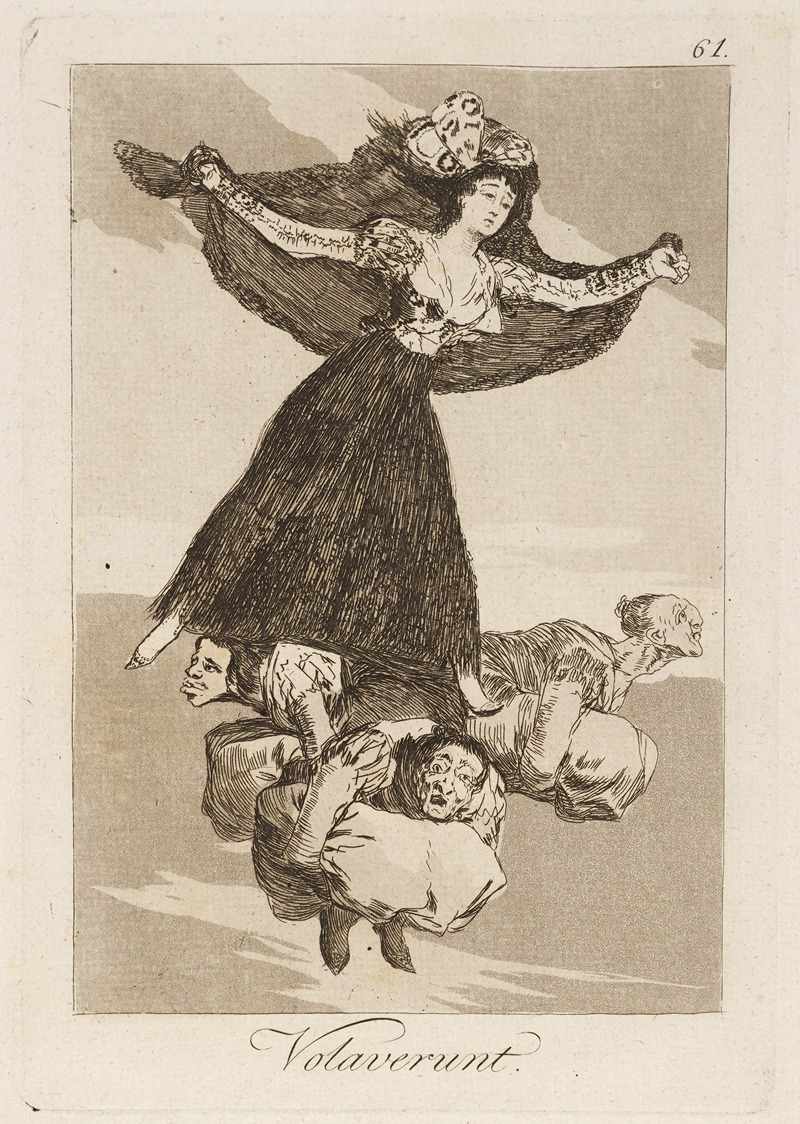
Volaverunt.
A hand-painted replica of Francisco de Goya’s masterpiece Volaverunt., meticulously crafted by professional artists to capture the true essence of the original. Each piece is created with museum-quality canvas and rare mineral pigments, carefully painted by experienced artists with delicate brushstrokes and rich, layered colors to perfectly recreate the texture of the original artwork. Unlike machine-printed reproductions, this hand-painted version brings the painting to life, infused with the artist’s emotions and skill in every stroke. Whether for personal collection or home decoration, it instantly elevates the artistic atmosphere of any space.
"Volaverunt" is an etching and aquatint created by the Spanish artist Francisco de Goya in 1799. It is part of his celebrated series Los Caprichos, a collection of 80 prints that satirize and critique the social, political, and religious issues of late 18th-century Spain. The title "Volaverunt" translates to "They have flown" in English.
The print depicts a woman, often interpreted as a maja (a fashionable woman of the time), wearing a voluminous dress and a mantilla, seated on a platform or pedestal. She is surrounded by winged, grotesque figures that resemble witches or supernatural beings. The scene is enigmatic and surreal, characteristic of Goya's work during this period, which often blended reality with fantastical and nightmarish imagery.
"Volaverunt" is notable for its technical mastery, combining etching and aquatint to create a range of tonal contrasts and textures. Goya's use of light and shadow enhances the mysterious and unsettling atmosphere of the image. The print is one of many in Los Caprichos that critiques societal norms, superstition, and the abuse of power, though its exact meaning remains open to interpretation.
The Los Caprichos series was published in 1799, but Goya withdrew it from public sale shortly after its release, likely due to pressure from the Inquisition and other authorities who viewed the works as subversive. Today, "Volaverunt" and the rest of the series are celebrated as masterpieces of printmaking and social commentary. The original plates and prints are preserved in various collections, including the Prado Museum in Madrid.





